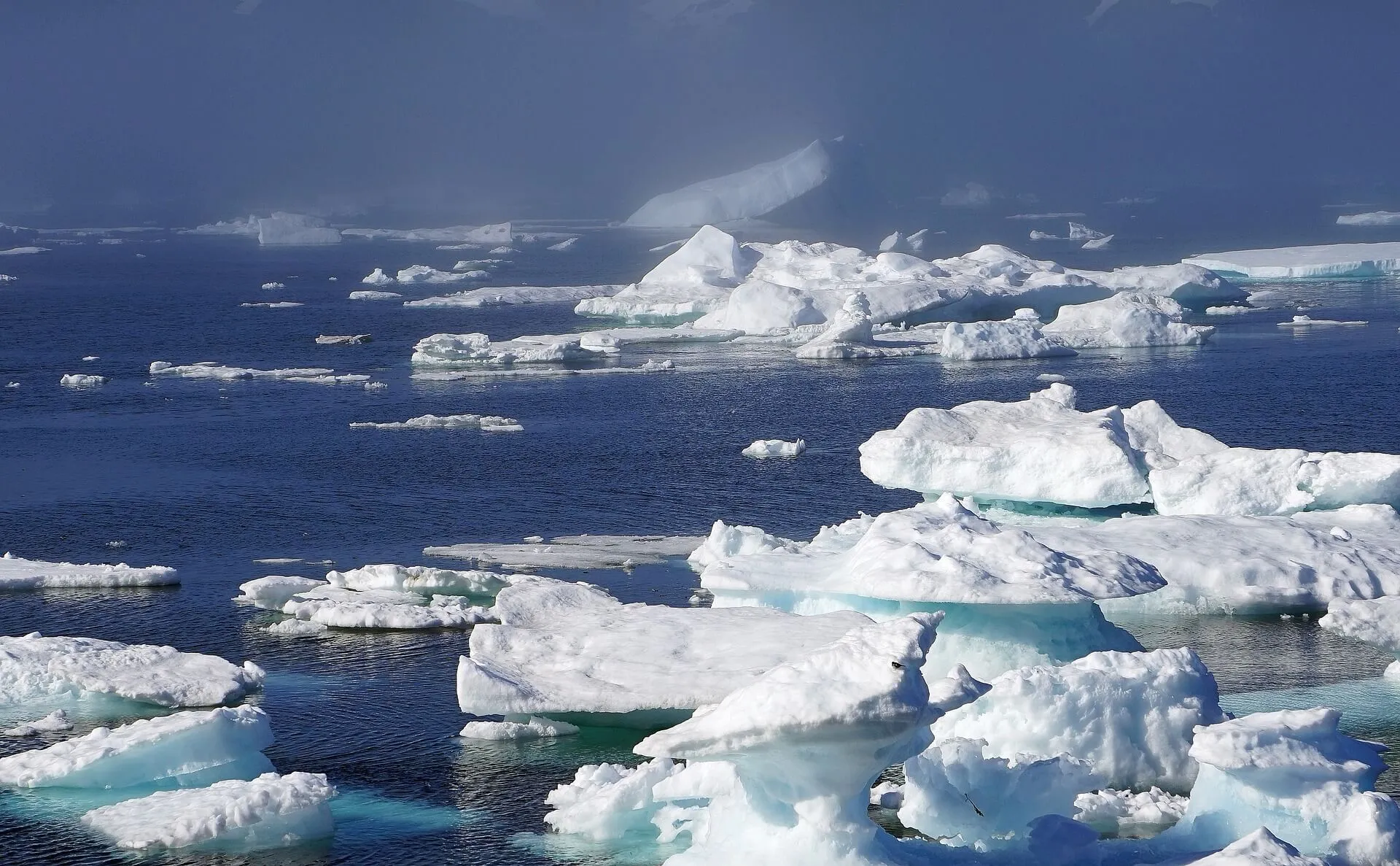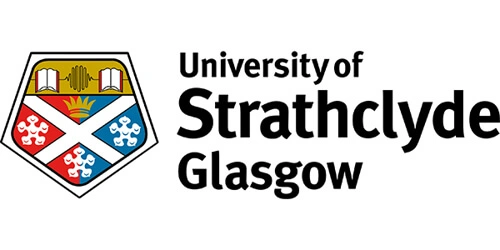Research Programme: Transparent Ocean
Programme Lead: Professor Jinchang Ren
Supported By: Dr Ping Ma
Funder/Sponsor: Natural Environment Research Council (NERC)
Project Status: Complete
Overview
The seasonal cycle of sea ice freeze-up, deformation, breakup and melt is important feedback that affects the decline of Arctic Sea ice. Thinner, smaller summer ice floes in the expanding marginal ice zone (MIZ) could lead to the formation of winter ice containing a lower fraction of multiyear ice that is more easily deformed and fractured, creating faster melting of smaller ice floes in spring/summer. Study on the floe size distribution of MIZs has a great impact on multiple sea ice processes and is essential for accurate weather prediction and management of the Arctic region.
Motivation
Remote sensing data is one of the most popular and often the only source of information regarding sea ice conditions in the Arctic. During the last few decades, many efforts have been made to determine sea ice characteristics from Synthetic Aperture Radar (SAR) images. Despite the presence of various approaches, it remains to be a major hurdle for precisely deriving the sea ice characteristics due to the relatively low resolution of the SAR imagery. In recent years, High-Resolution Optical (HRO) images have been very popular as they can provide accurate floe boundaries. Nevertheless, traditional floe separation approaches require manual interactions. Meanwhile, the data annotation requires rich domain knowledge and is also very labour extensive, resulting in the deep learning-based methods hard to be applied. Therefore, this project aims to develop unsupervised AI models to effectively investigate ice pixels and separate the touching ice floes automatically from the HRO data.
Real-World Impact
The outcomes of this project can significantly reduce the time and labour required for manual floe separation, which can lead to more efficient and accurate analysis and understanding of sea ice conditions in the Arctic. Additionally, this can help the Arctic communities to prepare plans for knowledge-based management of the Arctic region, including effective protection measures for vulnerable species and projections of the potential viability of new ship navigation routes in the coming decades.








